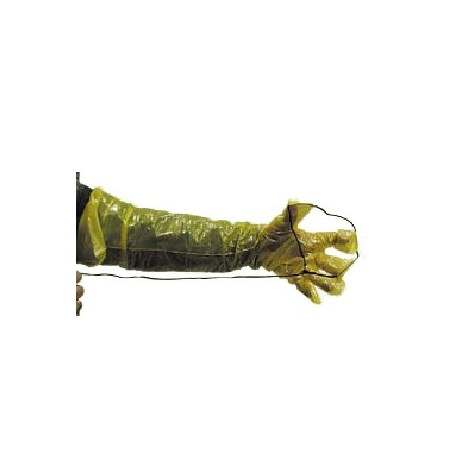Variations in maternal nutrition during gestation can influence fetal growth, fetal development and permanently 'programme' offspring for postnatal life. The objective of this study was to analyze the effect of increased maternal nutrition during different gestation time windows on offspring growth, carcass and meat quality and gene expression in skeletal muscle. A total of 64 sows were assigned to the following feeding treatments: a standard control diet at a feed allocation of 2.3 kg/day throughout gestation increased feed allowance of 4.6 kg/day from 25 to 50 days of gestation (dg), from 50 to 80 dg and from 25 to 80 dg. At weaning, light, medium and heavy pigs of the same gender, within litter, were selected based on birth weights, individually penned and monitored until slaughter at 130 days post weaning. Carcass and meat quality traits of the semimembranosus (SM) muscle were recorded post mortem. A cross section of the semitendinosus (ST) muscle encompassing the deep and superficial regions were harvested from pigs (n = 18 per treatment) for RNA extraction and quantification of gene expression by real-time PCR.
The results showed that doubling the feed intake from 25 to 50 dg reduced offspring growth, carcass weight, intramuscular fat content and increased drip loss of the SM muscle. On the other hand, protein phosphatase 3 catalytic subunit - α-isoform, which codes for the transcription factor calcineurin, was upregulated in the ST muscle of offspring whose mothers received increased feed allowance from 25 to 50 dg. This may provide an explanation for the previous observed increases in Type IIa muscle fibres of these offspring. Increasing the maternal feed intake from 50 to 80 dg negatively impacted pig growth and carcass weight, but produced leaner male pigs. Extending the increased maternal feed intake from 25 to 80 dg had no effect on offspring over the standard control gestation diet. Although intra-litter variation in pig weight is a problem for pig producers, increased maternal feeding offered no improvement throughout life to the lighter birth weight littermates in our study.

Indeed, increased maternal nutrition at the three-gestation time windows selected provided no major benefits to the offspring.
LB McNamara, L Giblin, T Markham, NC Stickland, DP Berry, JJ O'Reilly, PB Lynch, JP Kerry, PG Lawlor. Nutritional intervention during gestation alters growth, body composition and gene expression patterns in skeletal muscle of pig offspring. 2011. Animal, 5(8):1195-206. http://dx.doi.org/10.1017/S1751731111000176




